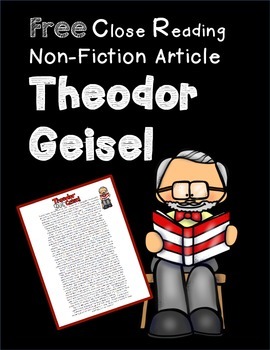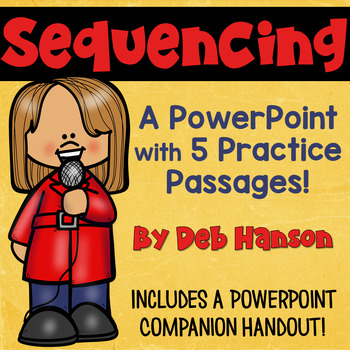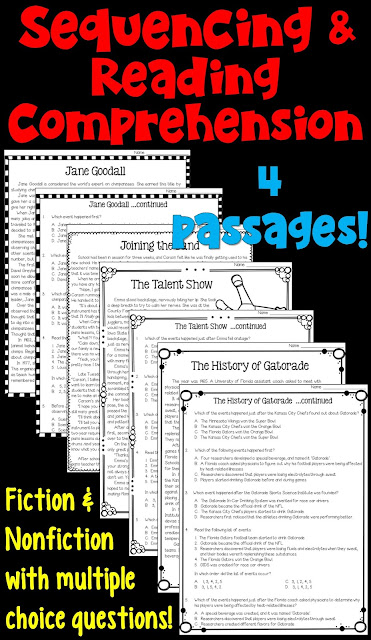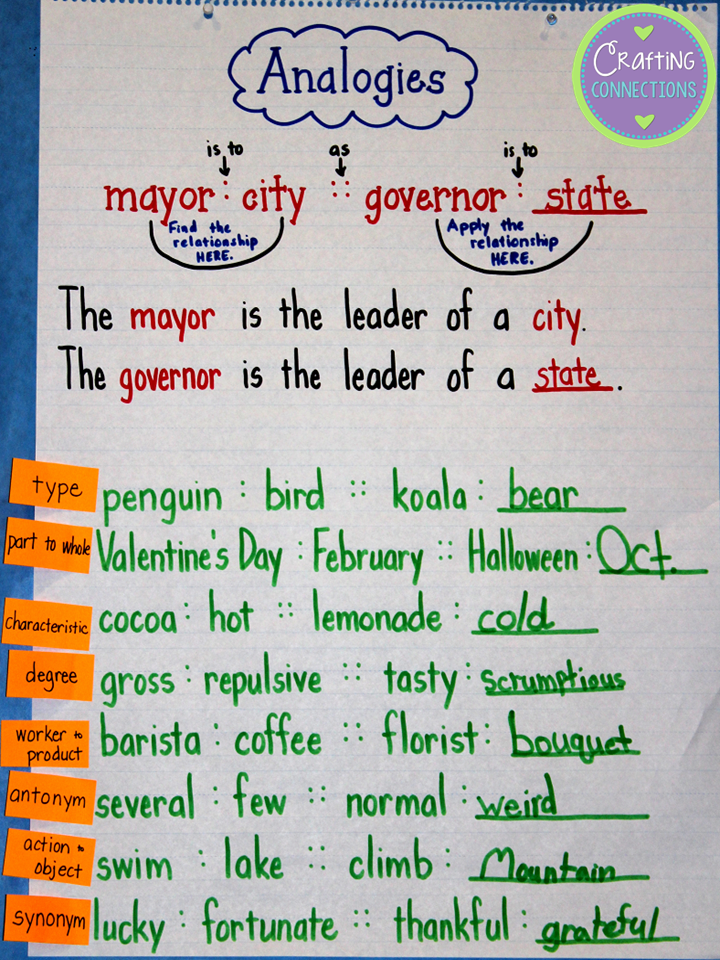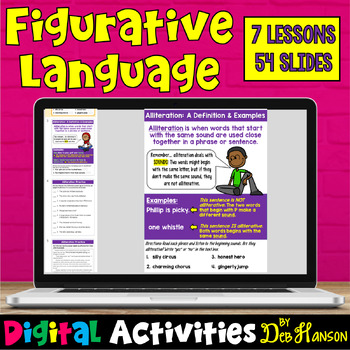A few years ago during a PLC meeting, our third grade team did an item analysis on a practice test that our third graders had taken a week earlier. Do you care to know which questions were missed most frequently? Main idea, vocabulary, & sequencing!
The first two topics did not surprise me, but sequencing sure did! Isn't sequencing a "right there" type question?? As long as students take the time to look back at the passage, the answer can be found, right? So I took a look at the questions... and noticed that they included the words just before and after. I also talked with my students (mainly ELL), and they repeatedly said "I always get those two words [before & after] mixed up."
That surprised me... until I thought about my own challenges with speaking Spanish, and how I often confuse antes (before) and despues (after) when I speak Spanish! To make things particularly challenging for our Spanish-speaking ELLs, antes looks remarkably similar to after, but it means before.
As we all know, graphic organizers are powerful tools for ELLs, so I used an anchor chart and created a graphic organizer while students copied it on their own paper. It looked like the one I used on the anchor chart below. I also found some sequence-friendly informational reading passages and wrote some multiple choice sequence questions. We drew the graphic organizer beside each question and then wrote inside it as we worked through the question and determined the correct answer.
For the anchor chart above, I created the questions after reading this FREE nonfiction passage about Theodor Seuss Geisel by Panicked Teacher (created just in time for Read Across America Day!)
When using this anchor chart in the future, I will draw the graphic organizer at the top and write the test questions below it prior to the beginning of class. During class, I will model how to work through question #1 by underlining the words just before, thinking aloud, drawing the graphic organizer, and finally plugging the answer choices in where they belong on the arrow I drew.
Then, I will give students an opportunity to complete #2 independently, by drawing their own graphic organizer like I did with the previous question. After a few minutes, I will ask a student to walk me what I should draw to correctly answer this question.
If you are looking for more upper elementary test prep activities that focus on sequencing, you might want to take a peek at the following options, available in my TpT store!
The first two topics did not surprise me, but sequencing sure did! Isn't sequencing a "right there" type question?? As long as students take the time to look back at the passage, the answer can be found, right? So I took a look at the questions... and noticed that they included the words just before and after. I also talked with my students (mainly ELL), and they repeatedly said "I always get those two words [before & after] mixed up."
That surprised me... until I thought about my own challenges with speaking Spanish, and how I often confuse antes (before) and despues (after) when I speak Spanish! To make things particularly challenging for our Spanish-speaking ELLs, antes looks remarkably similar to after, but it means before.
As we all know, graphic organizers are powerful tools for ELLs, so I used an anchor chart and created a graphic organizer while students copied it on their own paper. It looked like the one I used on the anchor chart below. I also found some sequence-friendly informational reading passages and wrote some multiple choice sequence questions. We drew the graphic organizer beside each question and then wrote inside it as we worked through the question and determined the correct answer.
For the anchor chart above, I created the questions after reading this FREE nonfiction passage about Theodor Seuss Geisel by Panicked Teacher (created just in time for Read Across America Day!)
Then, I will give students an opportunity to complete #2 independently, by drawing their own graphic organizer like I did with the previous question. After a few minutes, I will ask a student to walk me what I should draw to correctly answer this question.
If you are looking for more upper elementary test prep activities that focus on sequencing, you might want to take a peek at the following options, available in my TpT store!


